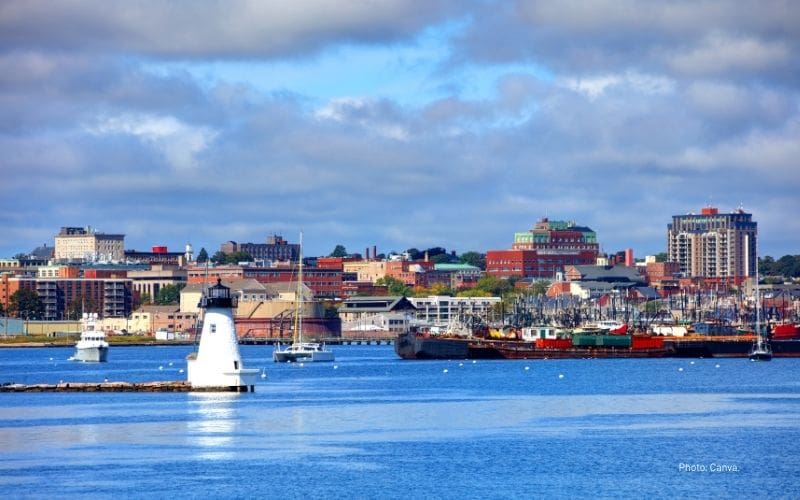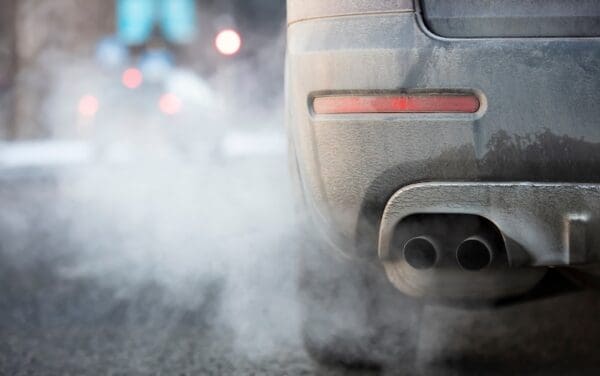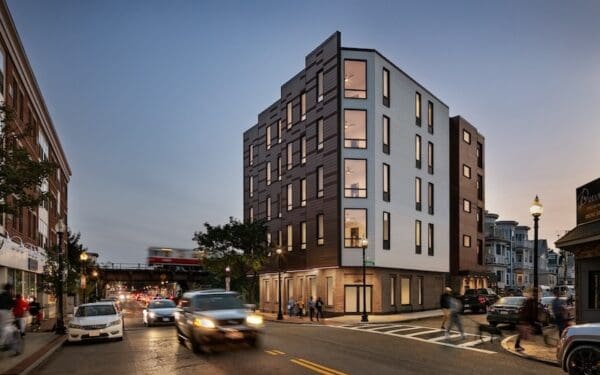
Neighbors in New Bedford organized for years to stop another polluting facility in their city. Photo: Shutterstock.
The people of New Bedford have proven, once again, the power of community. For years, neighbors organized, spoke out, and refused to accept another polluting facility in their backyard. Last week, their persistence paid off. The New Bedford Board of Health voted to reject a proposed waste transfer station. The board concluded that the facility – which would have funneled more than 1,500 tons of trash through the city every day – was a danger to public health and the environment.
“Residents were told for years that this facility was inevitable,” says Alexandra St. Pierre, Director of Communities and Toxics at CLF. “They proved otherwise. This victory shows that when communities unite, they can stop powerful corporations in their tracks.”
It’s a victory for public health, environmental justice, and for residents who stood together to protect their families and future.
Why Another Facility Was Too Much
Waste transfer stations might sound harmless – just temporary stops where garbage is collected before heading to landfills or incinerators. But the reality is far from benign. These facilities bring a constant stream of heavy trucks, foul odors, noise, and dust. They also expose nearby residents to pollutants that worsen asthma and other respiratory illnesses, and present serious fire risks.
For New Bedford, the stakes are even higher. Many neighborhoods already sit next to factories, highways, and other polluting industries. Another large-scale facility would have piled onto existing health risks, threatening children, seniors, and people with chronic health conditions.
“Our children and most vulnerable neighbors can breathe easier, knowing that they will not be exposed to pollutants, dangers, and nuisances inherent to the daily operations of a facility such as this,” said Wendy Morrill, a New Bedford resident and organizer with South Coast Neighbors United.
That relief is possible only because neighbors spoke out about the health consequences that too often go unseen.
Board of Health Agrees with the Community
Before any waste facility can move forward, local officials must decide whether the site is suitable. In rejecting the plan from South Coast Renewables (formerly known as Parallel Products), the Board of Health made it clear: This facility is a danger, and the neighborhood is no place for such an operation.
The decision came after months of residents turning out in force to make their voices heard.
“I applaud the Board of Health for its thorough research and knowledge of the proposed project and the impacts it would have, along with the rights and responsibilities they were entrusted with,” said Tracy Wallace, another resident and organizer with South Coast Neighbors United.
Wallace’s praise underscores the critical role community advocacy played in giving officials the information they needed to stand firm.
Residents Refuse to Be Silenced
The fight wasn’t easy. Many residents were excluded early in the approval and permitting processes for this facility, but they refused to accept that silence was their only option. They showed up, spoke out, and made sure their concerns were on record.
That persistence made all the difference. As Bernette Dawson, a community organizer with Slingshot, explained: “The Board of Health has helped shift New Bedford’s trajectory away from a history of repeated pollution and environmental injustice, and toward a future where community voices matter and public safety comes before corporate interests.”
This fight wasn’t just about trash – it was about rewriting the city’s story.
What This Win Means for Environmental Justice
The rejection of this facility signals a hopeful turning point for a city that has shouldered generations of industrial pollution. The decision shows that when residents speak up together, they can challenge harmful projects – and win.
It also highlights a bigger truth: fair and transparent decision-making leads to healthier, safer communities. When officials listen to the people most affected, healthier outcomes follow. We’ve seen it across New England – in Claremont, where residents stopped a landfill expansion; in Nashua, where neighbors blocked an asphalt plant; and now in New Bedford, where families rejected a waste transfer station. And while these winds show what’s possible, communities like Springfield continue to fight for the same type of justice.
For the neighbors of New Bedford, this ruling provides relief today and hope for tomorrow. Neighbors proved that their voices matter and that their city’s future does not have to be shaped by additional pollution. Instead, it can be defined by determination, justice, and a shared vision of a safer, healthier place to call home.
“This win is a much-needed reminder that environmental justice is not just an ideal – it’s a reality communities can claim when they have the tools to fight back,” said St. Pierre.



